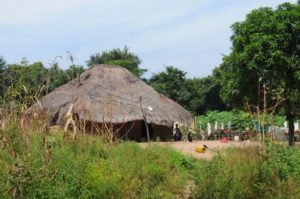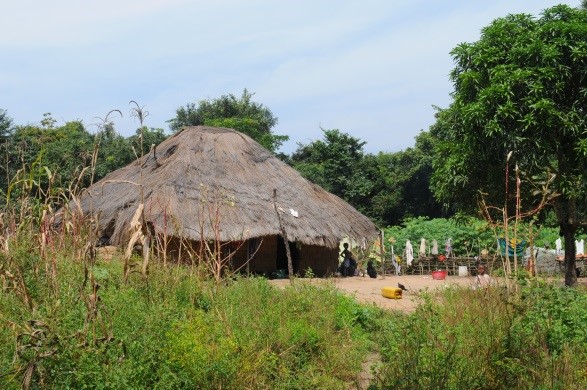 Guinea-Bissau is a small country in West Africa with a total area of 36,125 square kilometers (km2) and an estimated population of 1,700,000 inhabitants. It is one of the poorest countries in the world (70% of the population live below the national poverty line and 33% live in extreme poverty) and has one of the lowest Human Development Index (HDI) scores.
Guinea-Bissau is a small country in West Africa with a total area of 36,125 square kilometers (km2) and an estimated population of 1,700,000 inhabitants. It is one of the poorest countries in the world (70% of the population live below the national poverty line and 33% live in extreme poverty) and has one of the lowest Human Development Index (HDI) scores.The Guidelines (or Guide) for the Economic Environmental Evaluation (EEE) takes into account the existing legislation, international best practices, natural capital and its economic value in Africa and Guinee-Bissau, consultation activities with the relevant stakeholders (public administration and international donors), the literature of reference, trying to adapt the best international experiences (e.g. European) to the Guinee-Bissau context.
The main objectives are identifying the references and best practices at the international level, to be applied in the country, through a process of adapting them to the national legal, institutional, and environmental frameworks; providing a methodology for EEE; establishing the technical documents (and their minimum contents) to be presented to economically assess the environmental impacts under the evaluation process of the Environmental Impact Assessment (EIA) and Strategic Environmental Assessment (SEA); briefly addressing some specific aspects of the Environmental Economic Evaluation; providing suggestions and recommendations for the implementation of the Environmental Economic Evaluation in Guinee-Bissau.
After a brief analysis of the existing legal framework, the Guide attempts to provide operational information on the methodology to prepare the necessary technical documents.
The Guide deals with developing the methodology guide, which includes a normative analysis, the collection of technical documents and relevant literature at the national and international level, consultation activities, to get to this text document.
Methodological aspects are based on the assessment and evaluation of goods and ecosystem services, in the previous phase, during and after the execution of the work (in the case of the EIA) or the actions relating to the Political/Programme/Plan in the case of SEA). The proposed methodology is divided into different stages and different methods are listed to identify the economic value of environmental impacts.

